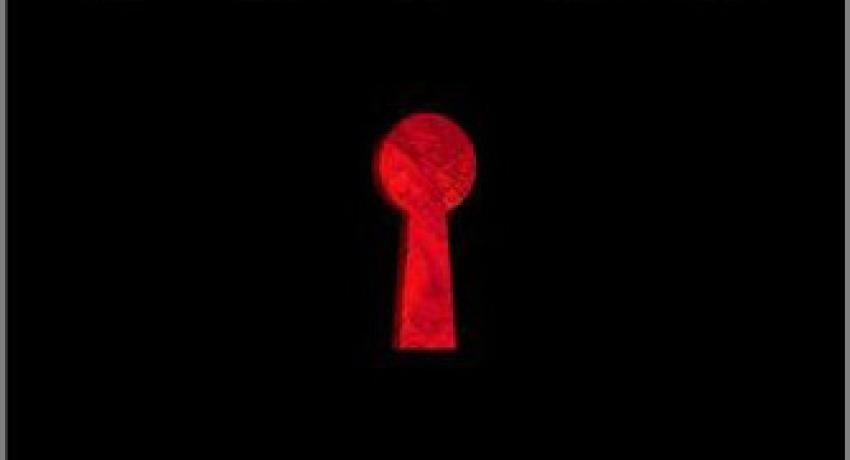Americans have had an uneasy fascination with crime since the earliest European settlements in the New World, and right from the start true crime became a dominant genre in American writing. True Crime: An American Anthology offers the first comprehensive look at the many ways in which American writers have explored crime in a multitude of aspects: the dark motives that spur it, the shock of its impact on society, the effort to make sense of the violent extremes of human behavior. "The human community," as Harold Schechter notes in his introduction, "finding itself under assault from within, searches desperately for a framework or context to explain the apparently unexplainable."
Here is the full spectrum of the true-crime genre, from William Bradford's account of the hanging of a murderer who came over on the Mayflower to Dominick Dunne's relentless narrative of the case of the Menendez brothers. It focuses on some of the most notorious criminal cases in American history: the Helen Jewett murder, the assassination of President Garfield, the Snyder-Gray murder (the inspiration for Double Indemnity), Leopold and Loeb, the Lindbergh kidnapping, the Black Dahlia, the Manson family, the "Son of Sam."
True Crime presents the writing of a range of significant literary figures: Nathaniel Hawthorne's account of a visit to a waxworks exhibit of infamous crimes, Ambrose Bierce offering a cynical run-down of crime in 19th-century California, Mark Twain on frontier violence, New England poet Celia Thaxter on a shocking double killing, Theodore Dreiser observing a murder trial eerily reminiscent of his own American Tragedy, James Thurber revisiting the Hall-Mills murder case, Joseph Mitchell reporting on an execution, Elizabeth Hardwick interpreting the criminal career of Caryl Chessman, Truman Capote interviewing Manson associate Bobby Beausoleil. It draws as well on sources as varied as execution sermons, murder ballads, early broadsides and trial reports, and tabloid journalism of different eras. It also features the influential true-crime writing of best-selling contemporary practitioners like James Ellroy, Gay Talese, Albert Borowitz, and Ann Rule.

